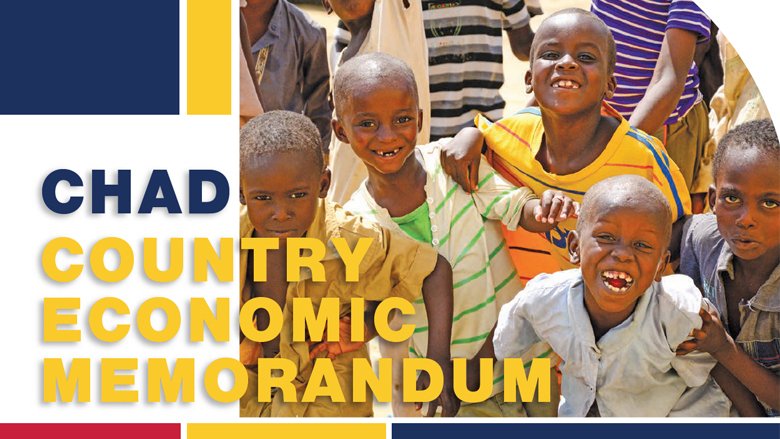The World Bank published today the Chad Economic Memorandum (CEM) entitled "Stimulating growth and reducing vulnerability".
Here are the main points:
- Growth Dynamics and Drivers: Chad’s economic growth has been volatile and largely depended on the oil sector, climate shocks, and the level of insecurity rather than structural long-term economic factors. In the last two decades, episodes of strong growth have followed a significant increase in oil prices or the end of a major conflict. Low productivity, combined with weak human and physical capital accumulation, constrained the country’s GDP growth potential to an average of 3.7% in 2010–22, 0.7% in per capita terms.
- Management of Oil Revenue: The country has developed its oil sector under difficult conditions, including extremely low levels of human and physical capital, civil war, absence of basic infrastructure in oil-producing regions, and its landlocked status. There are different levels of intervention through which oil revenue management could be improved, including from the government expenditure and revenue sides.
- Economic Infrastructure: The country needs to particularly increase its access to physical capital. In addition to its effect on growth, infrastructure contributes to human development, and its absence or inadequacy impacts business development. Hence, priority should also be given to infrastructure that would support delivery of basic services to the poor or those living in underserved areas. The cost of infrastructure is also very high, reducing the country’s attractiveness and competitiveness.
- Skills and Labor Mobility across Sectors: Low skilled and less educated workers make up most of the labor force and are trapped in the least productive sectors. Unemployment declined significantly from 2003 to 2018 and has become an urban phenomenon. Mobility is driven by education and capital accumulation. Chad spends very little on education, technical and vocational education, and training (TVET), and skills development.
